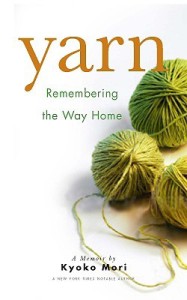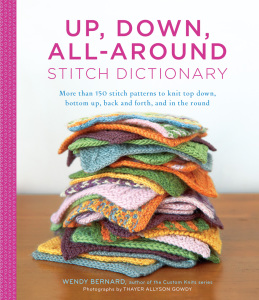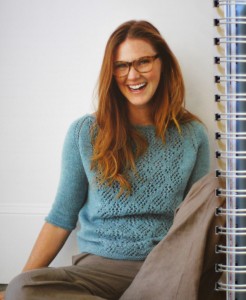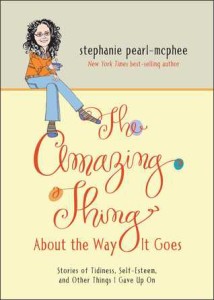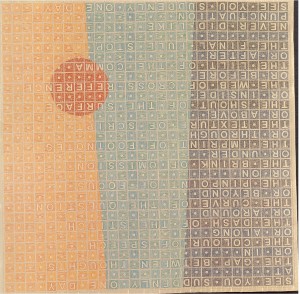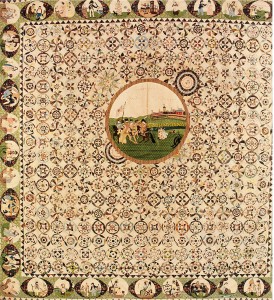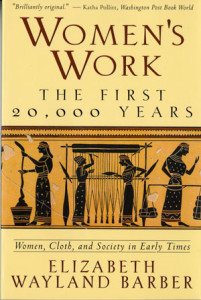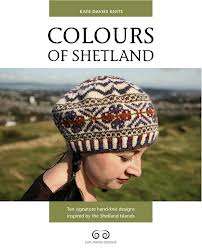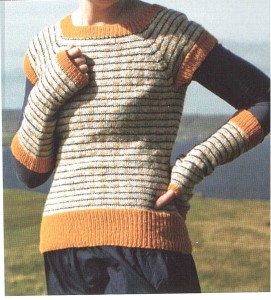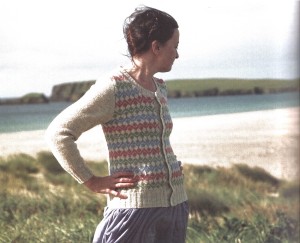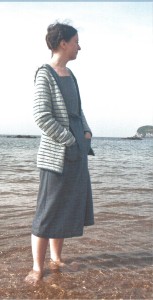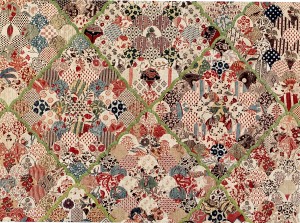I don’t know how I came across this book. I was looking for something like Knitting Philosophy or Knitting Lifestyle. Possibly it came up as a suggestion from Amazon based on other books I have read.
Here is the blurb …
A memoir of crossing cultures, losing love, and finding home by a New York Times notable author. As steadily and quietly as her marriage falls apart, so Kyoko Mori’s understanding of knitting deepens. From flawed school mittens to beautiful unmatched patterns of cardigans, hats and shawls, Kyoko draws the connection between knitting and the new life she tried to establish in the U.S. Interspersed with the story of knitting throughout, the narrative contemplates the nature of love, loss, and what holds a marriage together.
This book is a memoir about one woman coming to terms with her mother’s suicide, her father’s indifference, a new country (and culture), marriage and dissolving a marriage. And it’s about knitting. Often Ms Mori uses knitting as a metaphor to describe some relationship in her life. For example,
While I had been working to expand my social circle, he had been trying to make his smaller. If my ideal life was a big Fair Isle sweater his was a white linen handkerchief.
She is a solitary person who spends a lot of time thinking (and knitting). It is a quiet story that unfolds slowly, but brutally honest. When her father died without a word to her – she finally realised …
A part of me wanted to believe that Michiko [her step mother] had kept us from having at least one honest conversation. Okiyo-san’s story put an end to this sorry delusion. My father had plenty of time to say his last word to the people he cared about. I wasn’t one of them.
Her writing is beautiful – simple and elegant. This book is for anyone not just knitters, but knitters will especially enjoy it. There is even a section at the end about knitting books.
Another review …
http://www.theitofknit.com/recent-posts/book-review-yarn-remembering-the-way-home-by-kyoko-mori.html

